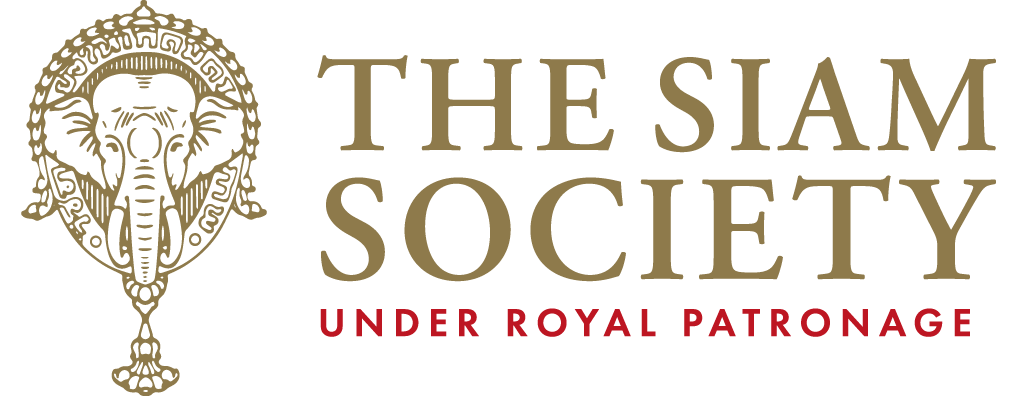Why the Revival of the British and Chinese Tin Mining Legacy in the Southern Thailand Matters | A Talk by Rungsima Kullapat
About this lecture
From the early 19th century to the 1980s, the abundance of tin along the Andaman coast became a major industrial development in Siam. The production of around 899,244 tons of tin, worth $ 31 billion, made Thailand one of the world’s top four producers in 1961-1994. Although tin mining ceased to operate around 30 years ago in Southern Thailand, traces of its history and culture remain, including tangibles like buildings and mine openings, and intangibles relating the lives of miners, food and accommodation. These traces link to tourist sites and local sports, arts, and crafts, characterising the relationship between people’s lives and historical tin mines. In a multi-racial area where Siamese merchants sold goods and Indians worked as security guards or travelling traders, most businesses were headed by Westerners, with Siamese locals as staff and Chinese laborers. Tin, an important resource, attracted international investment and power, with mines mostly owned by Westerners or Chinese. The majority of the population along the Andaman coast consisted of Chinese who had settled in the area centuries ago.
The history and cultural heritage of the tin mining industry in Southern Thailand provides an outstanding example of tourism development. It capitalizes on a local cultural asset which can be upgraded to the new avenue of a tourism-based economy. The creative economy provides the framework for tourism development. This approach works together with settlement research, the basic way to understand the history and cultural heritage of this important resource area.
About the speaker
Dr Rungsima Kullapat is a researcher and a Thai language instructor at the Carolina Asia Center, University of North Carolina. She has recently been appopinted expert in Tourism management and Urban Planning for Phimai and Nakhon Ratchasima old town master plan. Recently she received a grant from the National Research Council of Thailand in the BCG (Bio-Circular-Green) section to study the “Development of Tin Mining Industrial Heritage for Creative Cultural Tourism in Thailand’s Southern Andaman Provincial Cluster from Cultural Capital”. She also contributes to Thai magazines and newspapers. Her work on researching and writing focuses on cultural heritage, across contemporary cultures and the voices of local people.
When
Where
Admission
Members and Non-Members — Free of charge
For more information, please contact
More upcoming lectures
-
 Preserving Samsara III: Photographic Recollection of PakistanLecturesThursday, 25 July 2024 at 19:00
Preserving Samsara III: Photographic Recollection of PakistanLecturesThursday, 25 July 2024 at 19:00 -
 This Fresh Existence: Heart Teachings from Bhikkhuni DhammanandaLecturesThursday, 1 August 2024 at 10:30
This Fresh Existence: Heart Teachings from Bhikkhuni DhammanandaLecturesThursday, 1 August 2024 at 10:30 -
 Snowland Arts: Making the Community a Better Place, One Artist at a TimeLecturesSaturday, 3 August 2024 at 10:30
Snowland Arts: Making the Community a Better Place, One Artist at a TimeLecturesSaturday, 3 August 2024 at 10:30 -

